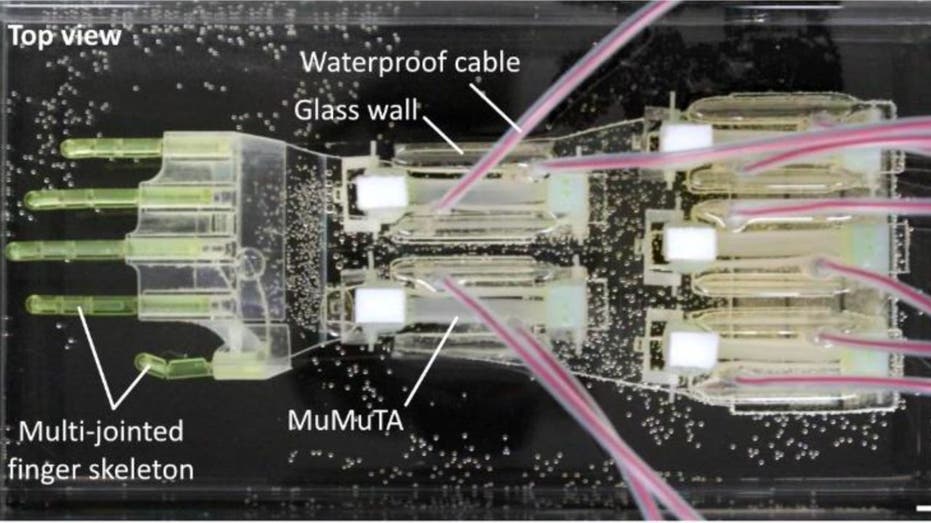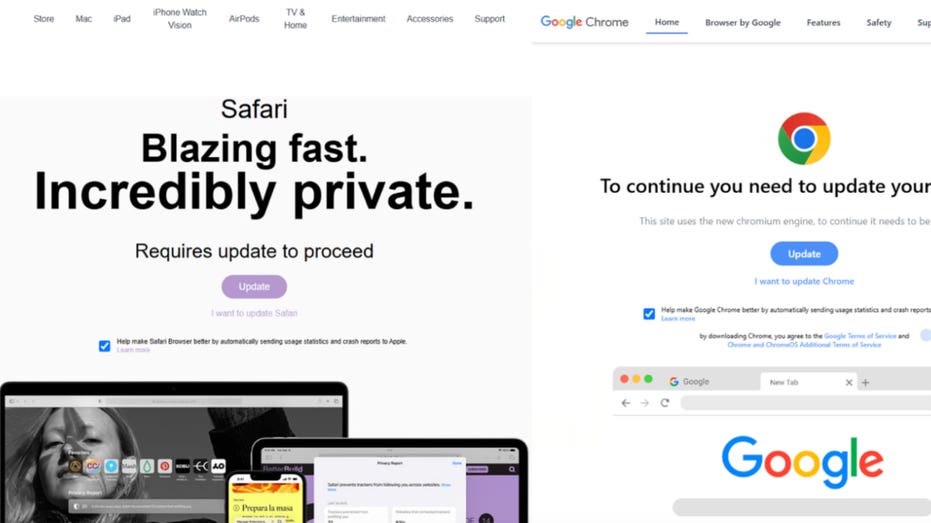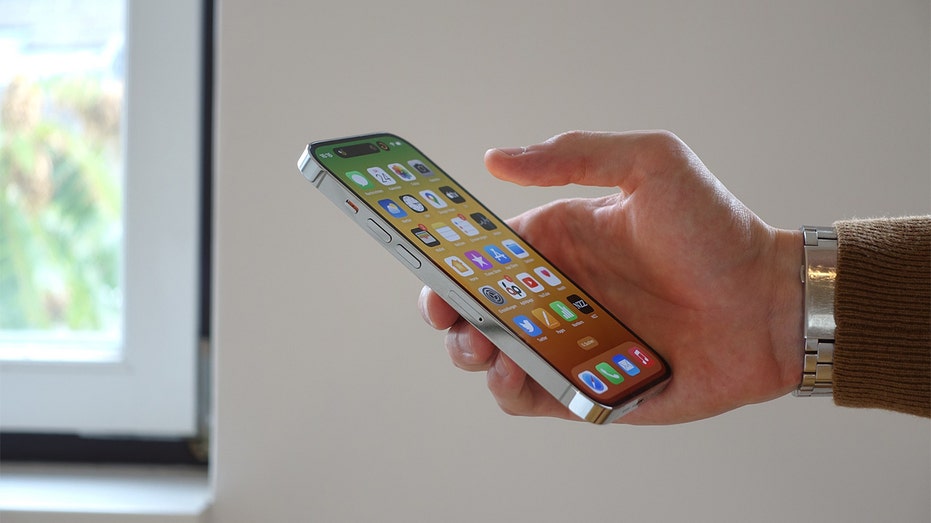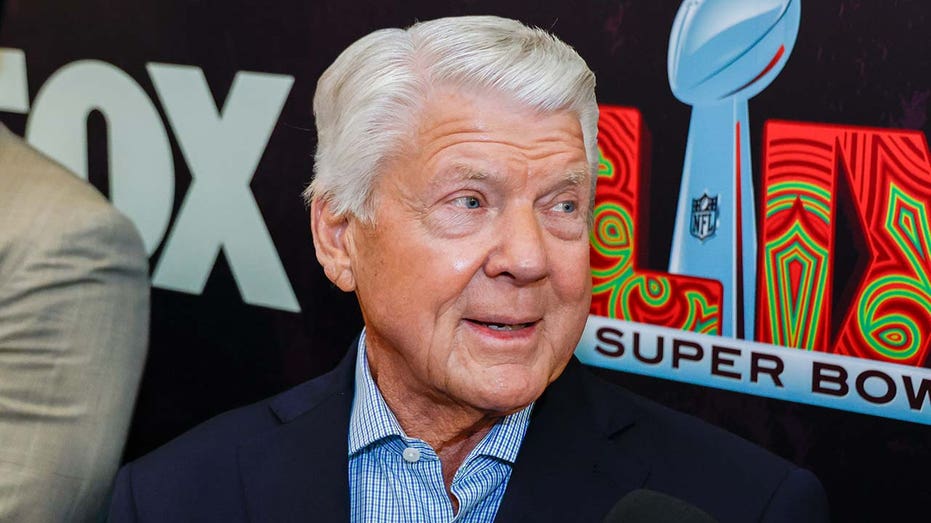- by foxnews
- 04 Mar 2025
?15 minutes to save the world?: a terrifying VR journey into the nuclear bunker
‘15 minutes to save the world’: a terrifying VR journey into the nuclear bunker
- by theguardian
- 15 Dec 2021
- in technology
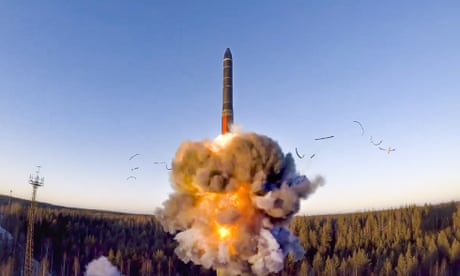
It became clear that things had gone terribly awry on this particular day when I saw that the most moderate option on the desk in front of me involved killing at least five million people.
I could kill up to 45 million if I chose the more comprehensive of the alternatives laid out on three pieces of paper, but it was hard to focus on the details because there were people shouting at me through my earpiece and from the screens in front of me.
I was experiencing what a US president would have to do in the event of a nuclear crisis: make a decision that would end many millions of lives - and quite possibly life on the planet - with incomplete information and in less than 15 minutes.
In the real world, I was in a meeting room in a Washington hotel, but with virtual reality goggles strapped on. I was sitting behind the president's desk in the Oval Office. The television news was on and there was a report about Russian troop movements, but the volume was muted and someone was telling me the national security adviser was running late for our meeting.
I tried to shift my focus back to the news but a few seconds later a siren went off and a bald man in a uniform and dark glasses appeared from the door to my left.
"Mr President, we have a national emergency," a woman's voice said. "Please follow the military officer right away."
The bald officer ushered me into a wood-paneled lift which had been concealed behind a wall, and we began our descent.
The VR simulation has been developed by a team from Princeton, American and Hamburg universities, based on extensive research, including interviews with former officials, into what would happen if the US was - or believed itself to be - under nuclear attack. They have called their project the Nuclear Biscuit, after the small card bearing the president's launch authorization codes.
Over the past few days, it has been tried out in Washington by nuclear weapons experts and former officials (the researchers would not say whether any serving decision-makers had a go).
"You walk into that simulation and come out a changed person," Richard Burt, who was the US chief negotiator in arms control negotiations with the Soviet Union, said after his turn.
Having gone through the full, terrifying, 15 minutes, I can see what he means. I emerged from the lift with my military aide into the underground situation room. Unlike the famous scene in Dr Strangelove, I was not surrounded by advisers. In the real world, it is unlikely that they would be instantly on hand when the alarm sounds.
On this occasion my national security adviser was still stuck in traffic, and the military aide is trained to say nothing. His job is to hold on to the briefcase, the "nuclear football", containing the launch plans and biscuit. In the US system, the president has sole command authority. He or she can make the decision without asking for any advice.
As soon as I took a seat, a voice in my headset started to tell me the situation. Early warning sensors had detected the launch of 299 missiles in Russia which were thought, with high confidence, to be heading for the US mainland and most likely, the intercontinental ballistic missile (ICBM) silos in the north-west. An estimated 2 million Americans would be killed. While this was being explained, another voice - this time a secret service officer - was telling me helicopters were on the way to evacuate me.
I struggled to understand all the details because the siren was still going on. It took me a few minutes to remember I was the commander-in-chief and could order it to be turned off. It was silenced immediately but I could not be sure I had not missed a vital nuance.
A general from strategic command appeared on one of the screens in front of me and told me I did not have much time to make a decision and to keep an eye on the digital clock on the conference table. It said I had 12 minutes, 44 seconds left.
"If you don't make a decision before the clock hits zero, we will lose our entire ICBM force," the general said, in a voice that implied I had already let the nation down.
The silent military aide opened the football and put my three options in front of me. The first was a "limited counterforce" strike, aimed at Russian ICBM silos and major submarine and bomber bases. That was the version that would kill five to 15 million Russians. Option 2 was a "full-scale counterforce" with a 10-25 million casualty estimate. Option 3 also targeted "war sustaining industries", the Russian leadership and would kill 30-45 million.
In 1979, the world came within minutes of nuclear war because someone had left a training tape simulating a Russian attack in the early warning system monitors. In September 1983, Russian computers erroneously showed incoming US missiles. Armageddon was only averted because the duty officer, Lieutenant Colonel Stanislav Petrov, went against protocols and decided not to act on the alert because his gut told him it was a glitch.
In the decades since, the technology has been updated but it is theoretically possible early warning systems could be hacked just like other supposedly super-secure networks have in the past.
I asked my aides if a cyber attack was possible and was told it was impossible to know for sure. My national security adviser (who had by then overcome his problems with traffic) recalled there had been something in the daily brief about the early warning network repelling a cyber attack.
I decided to scrap all three options and ordered an attack on Russia's remaining arsenal only after the first incoming missiles had landed and it was confirmed to be a real attack. In case I was dead by then, I was advised to delegate launch authority to the vice president.
What happens next was deliberately left unclear. The simulation ends with the military aide displaying the codes necessary to order the launch. The point of the exercise is to underline the mind-numbing impossibility of the choices facing the leader of a nuclear weapons state.
"People felt they were making decisions under uncertainty," Sharon Weiner, associate professor at the School of International Service at American University, said. "They wished they knew more or thought that something wasn't clear, but there was pressure to make a decision anyway.
"I think some people pick an option just because they want to be over," she added.
The pressure to take one of the options presented by the Pentagon felt almost overwhelming. At one point an aide asked how I would be able to face my country if I failed to respond. The simulation raises the question of who chooses those options in the first place. In the 15 minutes available, it would be impossible to put all feasible alternatives in front of a president, so whoever whittles them down holds a huge amount of power. All we know is that it is someone from the US military. Diplomats, politicians or ethicists are not part of the process.
In the event of a nuclear alert, it would be too late for any broader reflection - just a few minutes of trying to think clearly amid sirens, raised voices and a multitude of unknowns.
"The tendency to take mental shortcuts is greater in high stakes situations," Weiner said. People take more risks in crises. "Some of the literature says it depends on whether you feel secure personally or in your career. If you feel you're not doing well, you take unnecessary risks."
In my case, I froze in the last few minutes of the countdown, unable to think of anything else to do. I should have tried calling Vladimir Putin perhaps, but it turns out the simulation would have told me he was not available.
Shockingly, the researchers found no evidence that any US president except Jimmy Carter, had taken part in realistic drills to practise potentially world-ending decisions. Other presidents occasionally participated in table-top exercises with aides to discuss options but more often sent surrogates in their place.
In January, the research team will take their experiment to Capitol Hill, with the aim of provoking some contemplation about the realities underlying US nuclear planning.
"Hopefully members of Congress will come to experience this and at least see the consequences of the choices they've made about nuclear weapons issues," Weiner said. "They will see everybody in that virtual room is trying to do their job, but it's an impossible job."
- by foxnews
- descember 09, 2016
Bus travel sees 'steady growth' as flyers seek alternative transportation
People who ride on airplanes might rely on alternative transportation for a number of reasons. A CEO of a bus travel company shares insights with Fox News Digital.
read more